1. Aqua Net Hairspray
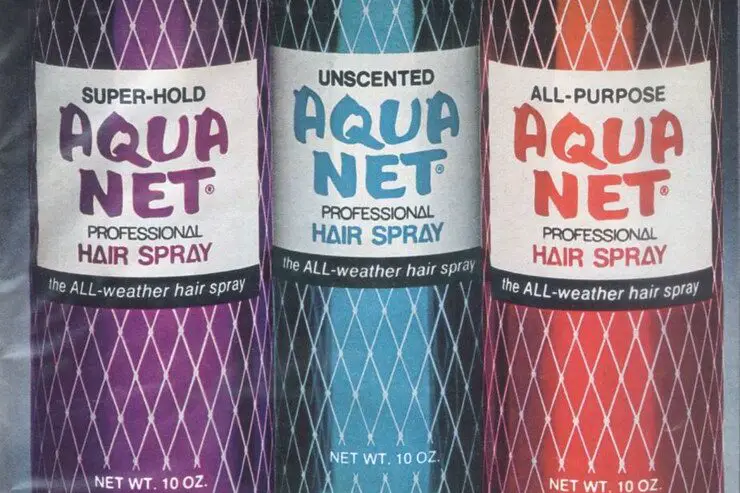
If you were rocking big hair in the ’80s, chances are you had a can of Aqua Net in your arsenal. This ultra-strong hairspray was practically a glue for your locks, keeping teased styles in place for hours. The problem? It was loaded with volatile organic compounds (VOCs) and chlorofluorocarbons (CFCs), both of which were terrible for the environment—and your lungs. Breathing in those fumes daily could irritate the respiratory system, and some of the chemicals have even been linked to long-term health issues says Glamour.
The formula has since been adjusted to remove CFCs, but early versions of Aqua Net were basically a cocktail of chemicals that weren’t great for human health. Stylists who used it constantly might have had more exposure than the average user, increasing their risk of inhaling potentially harmful substances. Even today, hairsprays with high alcohol content can dry out hair and scalp, leading to brittleness and irritation. It may have been a staple for those sky-high styles, but it’s probably best to keep the nostalgia to old photos instead of your beauty routine.
2. Sun-In Hair Lightener
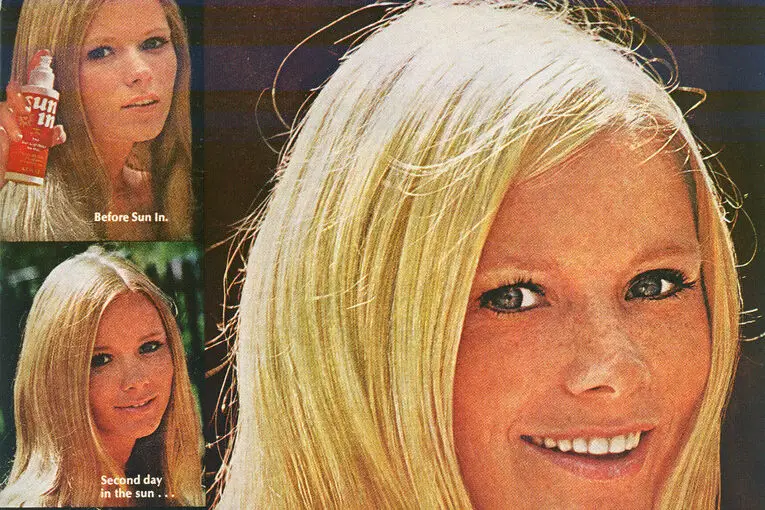
Nothing said summer quite like spritzing on some Sun-In before heading to the beach, hoping for natural, sun-kissed highlights. It seemed like an easy alternative to salon dye jobs, but the reality was far from harmless. Sun-In contained hydrogen peroxide, which, when activated by sunlight, could seriously damage hair. Instead of achieving soft, golden locks, many people ended up with brittle, orange-toned strands shares Allure.
Worse yet, prolonged use could weaken hair structure, causing excessive breakage. Since hydrogen peroxide lifts the hair cuticle, it left strands porous and prone to dryness. Some users even experienced scalp irritation and burns from overuse. While it was marketed as a simple, natural way to lighten hair, the long-term effects were anything but gentle. It’s a good thing there are safer ways to get highlights today!
3. Dippity-Do Setting Gel
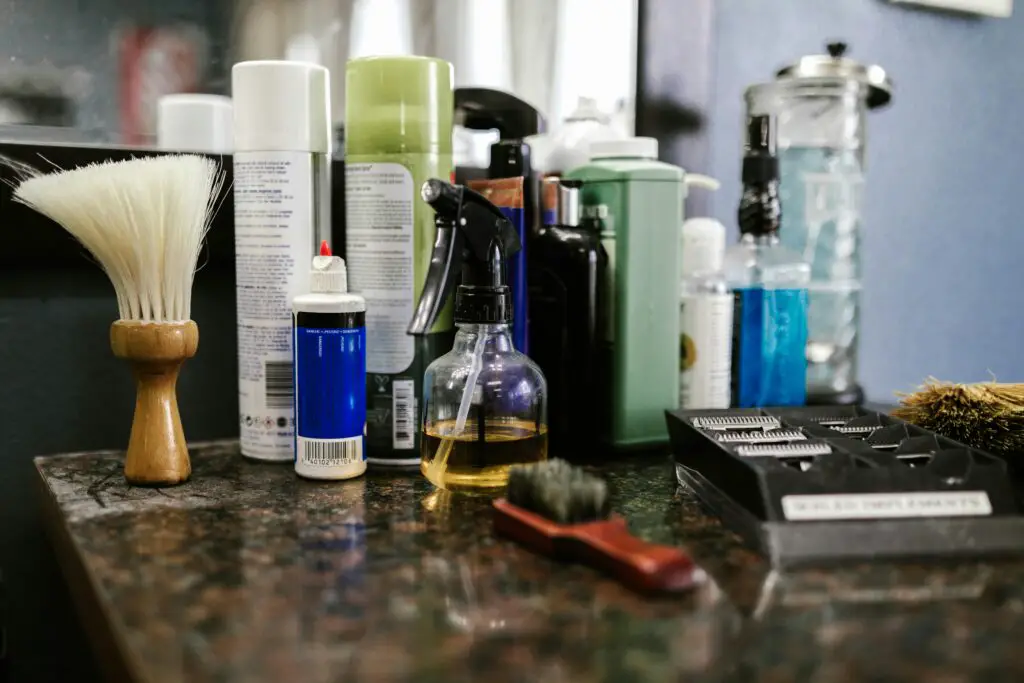
Before hairspray took over, many women relied on Dippity-Do to keep their curls in place overnight. This pink gel was a staple in the ’60s and ’70s, helping set rollers and create bouncy, voluminous hairstyles. However, early formulas were full of artificial dyes, alcohol, and parabens, all of which could wreak havoc on hair and scalp health. The alcohol content alone was enough to dry out hair, leaving it stiff and prone to breakage adds Scary Mommy.
The preservatives in Dippity-Do were another concern, as parabens have been linked to potential hormone disruption. Long-term exposure to these chemicals raised concerns about their effects on overall health. Though the gel smelled sweet and promised soft curls, it could cause more harm than good. Thankfully, modern hair gels have safer ingredients and less risk of leaving your hair feeling like a brittle helmet.
4. Tame Crème Rinse

Tame Crème Rinse was supposed to make hair soft and manageable, acting as an early version of conditioner. While it did help detangle knots, its ingredients list left much to be desired. Many old-school crème rinses contained formaldehyde-releasing preservatives, which, over time, could lead to scalp irritation and even hair thinning. Formaldehyde exposure has also been linked to respiratory issues and skin sensitivities.
Another issue with Tame was the heavy use of synthetic fragrances and silicones, which could build up on the scalp. Too much product buildup suffocated hair follicles, leading to dullness and potential hair loss. While modern conditioners have evolved with gentler formulations, older versions like Tame might not have been the best for long-term hair health. It’s probably a good thing they faded into obscurity.
5. Lemon Juice for Lightening Hair
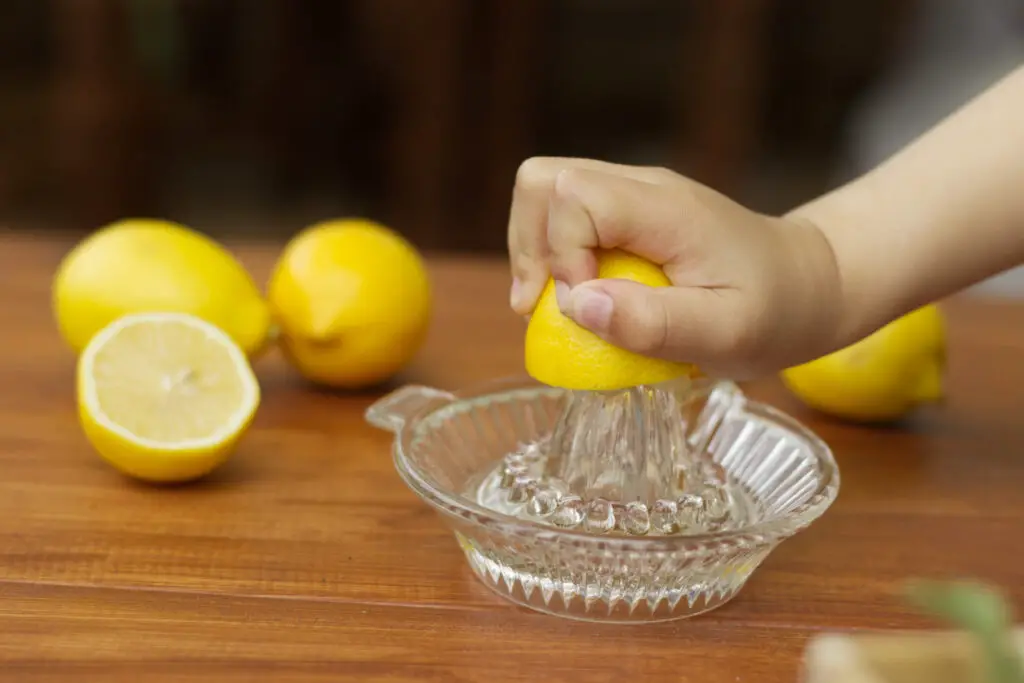
A DIY favorite for natural highlights, lemon juice seemed like an innocent way to achieve that sun-bleached look. Many teens in the ’70s and ’80s swore by this trick, spritzing lemon juice on their hair before lounging in the sun. Unfortunately, the high acidity of lemon juice wreaked havoc on hair strands, stripping them of moisture and making them incredibly brittle. Instead of soft, golden locks, many ended up with dry, frizzy hair that was nearly impossible to manage.
The real problem was that lemon juice lacked conditioning agents, meaning it left hair vulnerable to damage. Prolonged exposure to UV rays only made things worse, leading to excessive dryness and split ends. Some people even experienced scalp burns from the acidic nature of the juice. While natural methods can be appealing, this one came with way more risk than reward.
6. Ultra Sheen Hair Grease
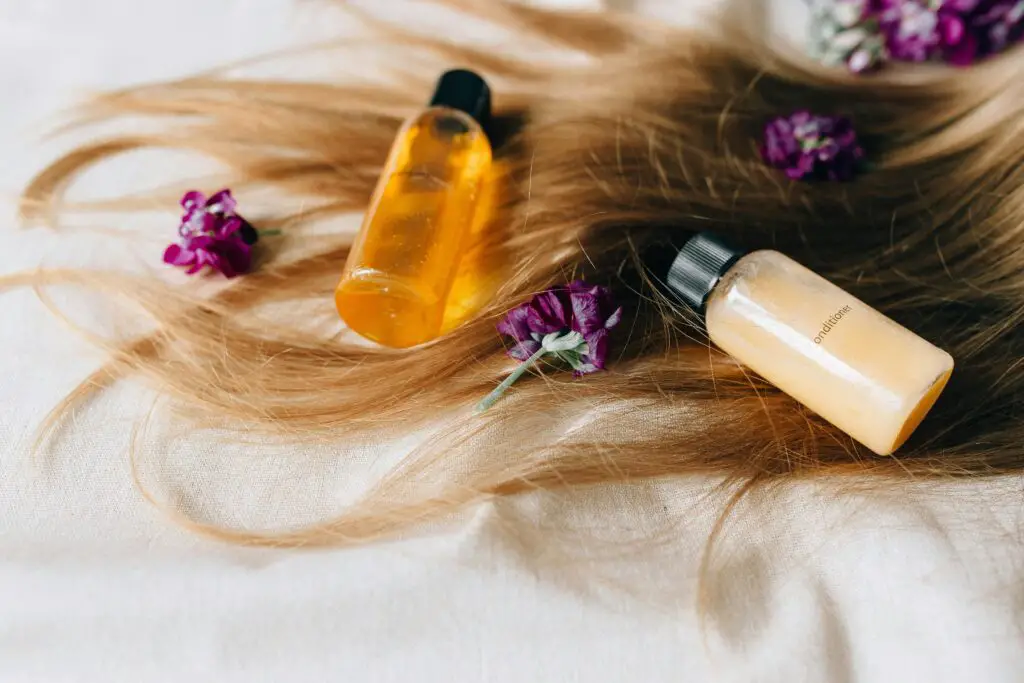
For decades, Ultra Sheen was the go-to product for slicking down edges and adding shine to natural hair. While it certainly got the job done, it also contained heavy petroleum and mineral oils that weren’t great for scalp health. These thick ingredients clogged pores, leading to issues like dandruff, buildup, and even hair thinning over time. Instead of nourishing hair, it often left it feeling greasy and weighed down.
Another issue was that petroleum-based products could be difficult to wash out, requiring harsh shampoos that stripped the hair of moisture. This created a cycle of dryness, leading people to use even more grease to combat the issue. Modern hair products now focus on hydration without the excessive use of heavy oils, making them a much healthier option.
7. Toni Home Perm Kits
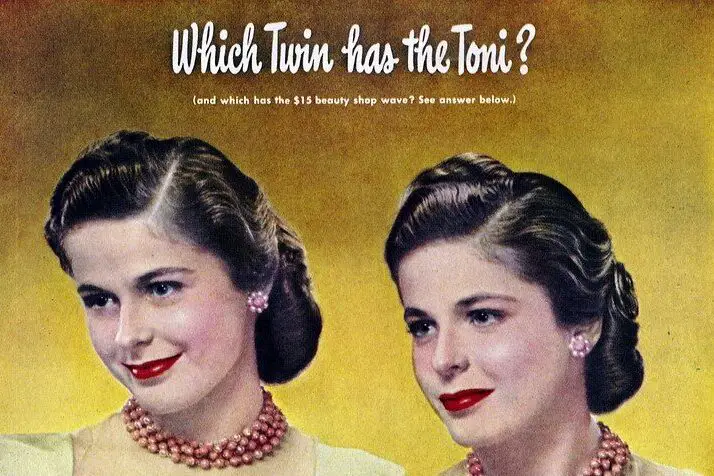
Toni Home Perms were all the rage in the ’50s and ’60s, offering an at-home solution for bouncy curls. But these DIY perms were packed with strong chemicals, including thioglycolic acid, which could cause severe hair damage. If left on too long, the solution could fry hair, leading to frizz, breakage, and even hair loss.
Some users even experienced scalp burns from the harsh formula, making it a risky beauty experiment. The smell alone—strong and pungent—was enough to make eyes water. While perms are still around today, they use much gentler formulas and professional application techniques to minimize damage. Back then, one wrong move with a home perm could leave you regretting your choice for months.
8. Brylcreem
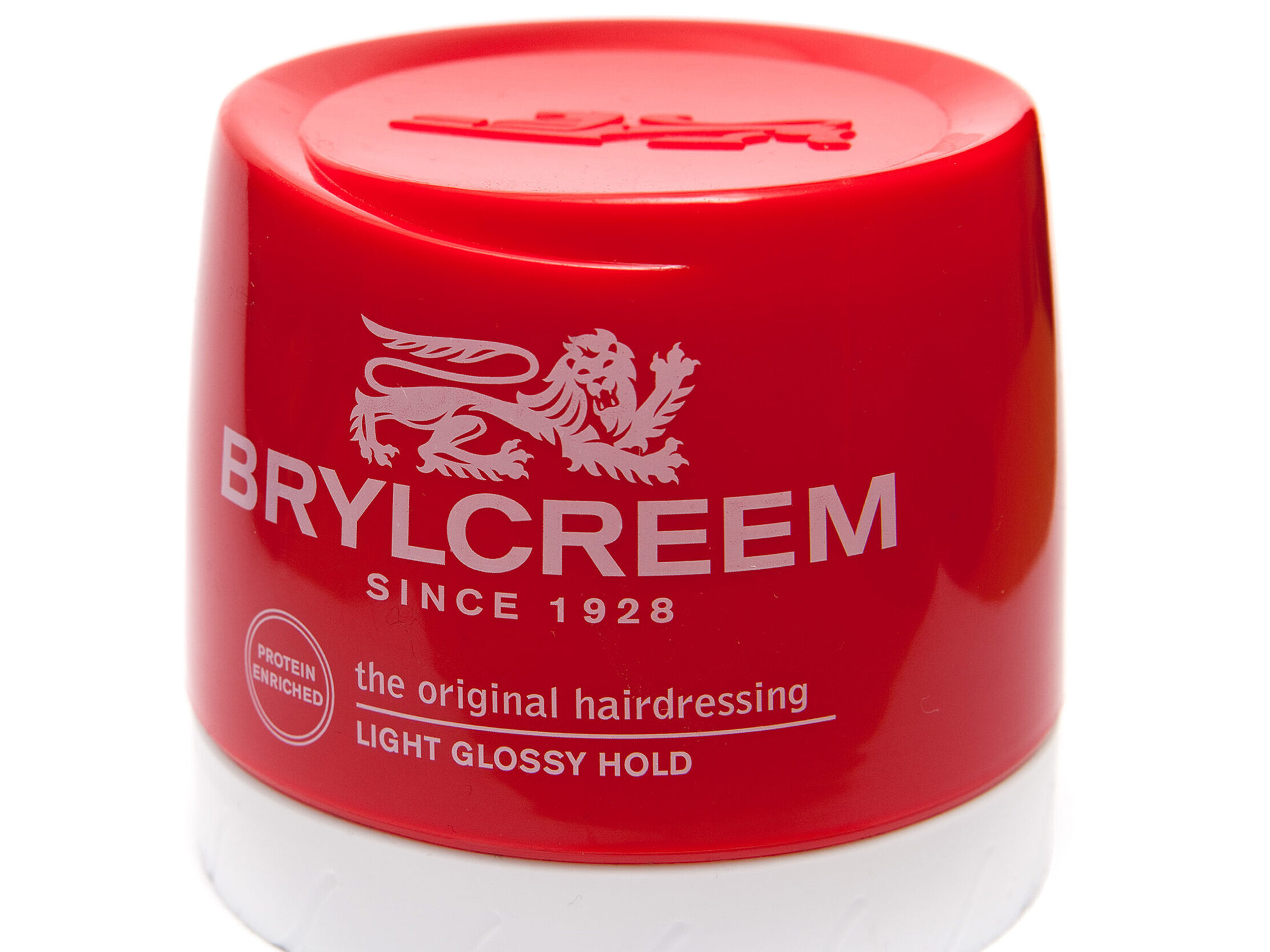
Brylcreem promised a sleek, polished look for men’s hair, but the petroleum-heavy formula had some serious drawbacks. Its thick, greasy consistency trapped dirt and clogged pores, leading to scalp irritation and acne along the hairline. The heavy buildup could also weigh down hair, making it feel limp and lifeless over time.
Because Brylcreem was difficult to wash out, it often required harsh shampoos that stripped natural oils. This left many users stuck in a cycle of greasy hair followed by extreme dryness. While it was a staple for generations, modern hair products offer the same sleek finish without the downside of heavy buildup.
9. Gee, Your Hair Smells Terrific Shampoo
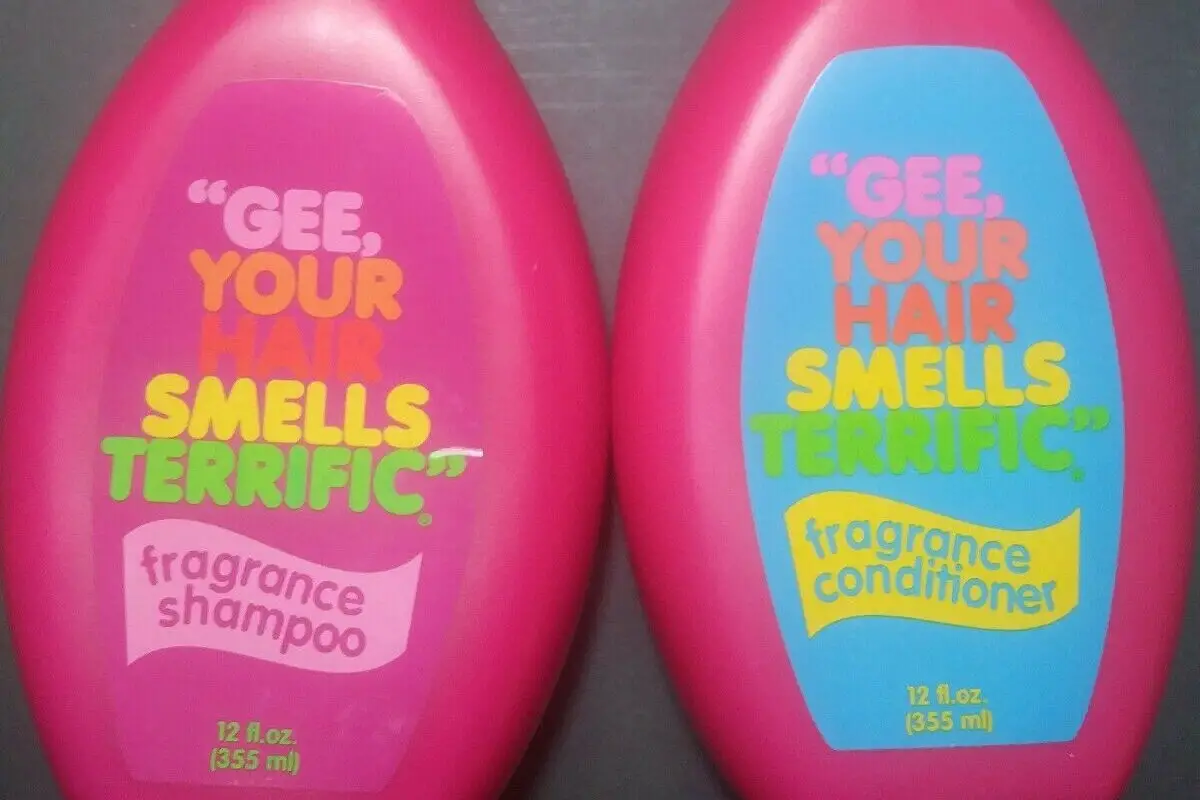
This shampoo had a cult following in the ’70s thanks to its floral scent that supposedly lingered for days. However, that long-lasting fragrance came from a mix of artificial dyes and synthetic perfumes that could cause scalp irritation. Some of the ingredients were known allergens, making it a nightmare for those with sensitive skin.
The formula also contained sulfates, which stripped hair of moisture and led to dryness. While nostalgia makes people wish for its return, the harsh chemicals inside make it clear why it disappeared from shelves. Today, sulfate-free shampoos provide the same cleansing benefits without the risk of irritation.
10. Jhirmack Silver Brightening Shampoo
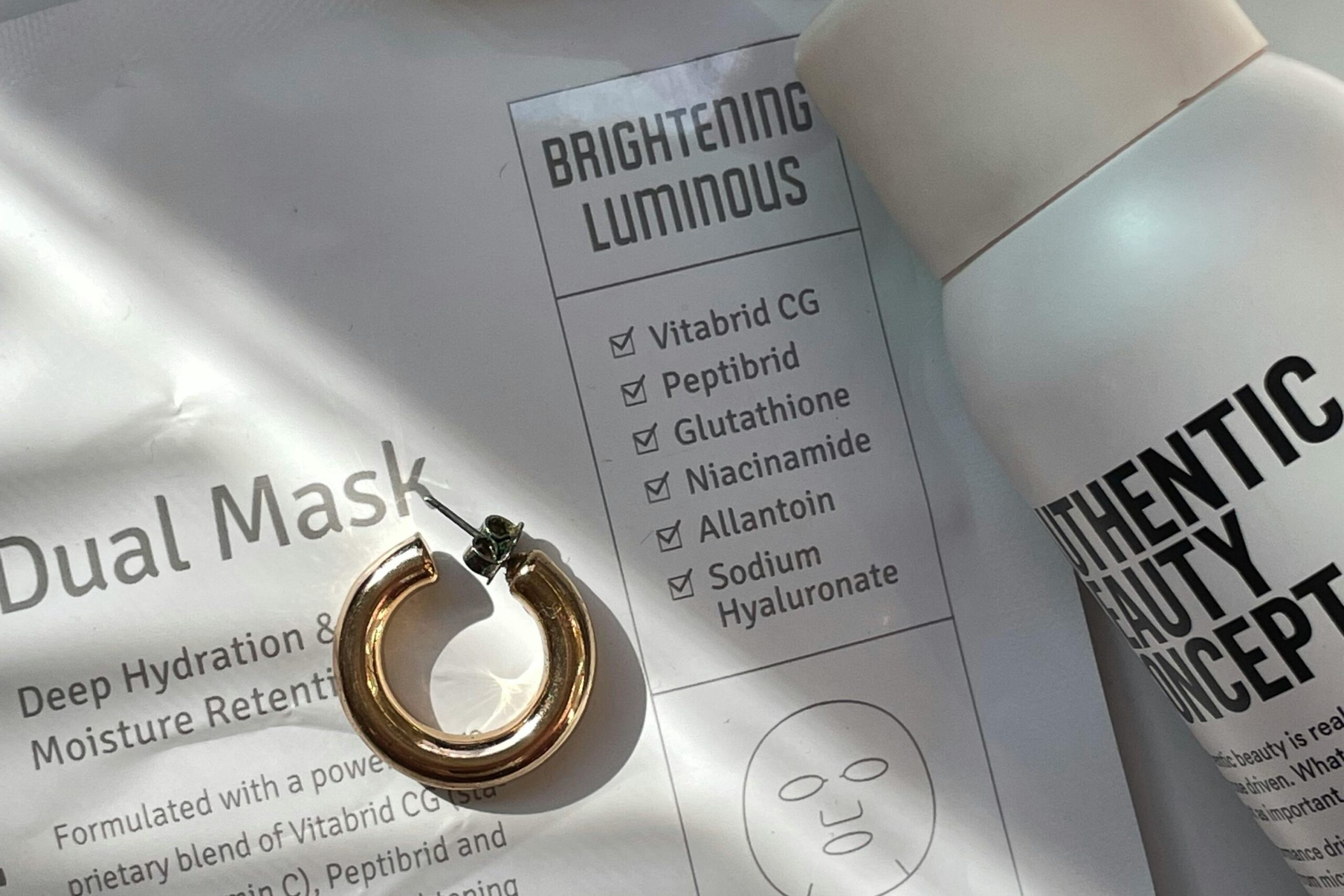
This purple shampoo was a must-have for keeping silver or blonde hair vibrant, but its formula was far from gentle. Packed with sulfates and synthetic dyes, it often left hair feeling dry and brittle. Frequent use could cause over-toning, leading to an unnatural purple tint rather than the desired silver sheen.
The high alcohol content was another red flag, as it could strip natural oils and make hair more prone to breakage. While purple shampoos are still popular, many brands have reformulated them with nourishing ingredients to counteract damage. The old Jhirmack versions, however, weren’t doing hair any favors in the long run.
11. Alberto VO5 Hot Oil Treatment
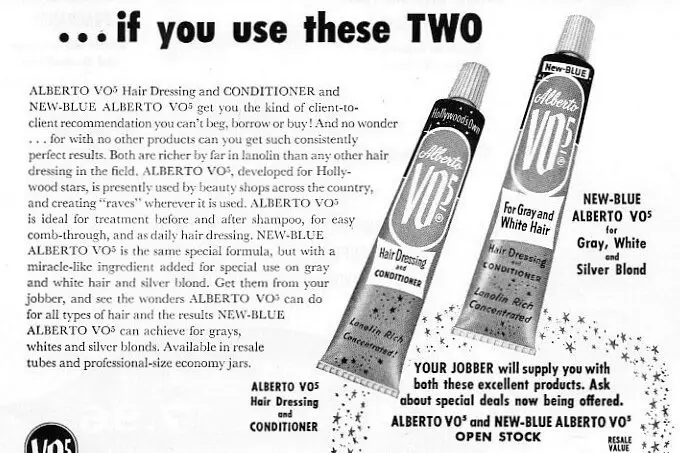
Back in the day, the Alberto VO5 Hot Oil Treatment was a go-to for restoring dry, damaged hair. The idea was simple—warm up the oil, apply it to your hair, and let it work its magic. While it did make hair feel softer temporarily, it also contained mineral oil and other synthetic ingredients that coated the hair rather than truly nourishing it. Mineral oil creates a barrier that locks in moisture, but it can also trap dirt and prevent the scalp from breathing properly.
Another issue was that the formula wasn’t particularly hydrating in the long run. The illusion of smooth hair often faded quickly, leaving users needing more treatments to maintain the effect. Some people also experienced scalp irritation from the artificial fragrances and preservatives. While modern hot oil treatments focus on natural oils like argan or coconut, the old VO5 version had more drawbacks than benefits.
12. Fanciful Temporary Hair Color Rinse
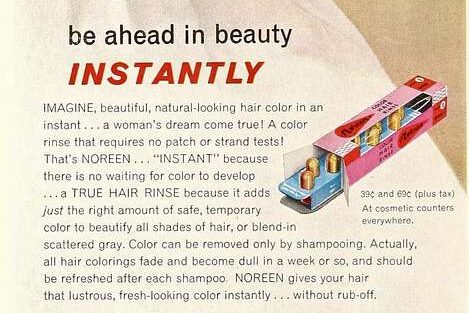
For those who wanted a quick color change without commitment, Fanciful Hair Rinse seemed like the perfect solution. The temporary dye washed out after a few shampoos and was often used to enhance graying or faded hair. However, the formula contained coal tar dyes, which have been linked to potential health concerns. Some studies suggested that prolonged exposure to these dyes could increase the risk of skin irritation and even more serious health issues.
Beyond that, the rinse could be incredibly drying, especially for those with already fragile hair. The color sometimes clung unevenly, leaving behind strange patches instead of a smooth, natural tint. While it was fun to experiment with different shades, many users found their hair felt rough and brittle after repeated applications. These days, there are safer, more conditioning hair color products that won’t leave hair feeling like straw.
13. Prell Shampoo
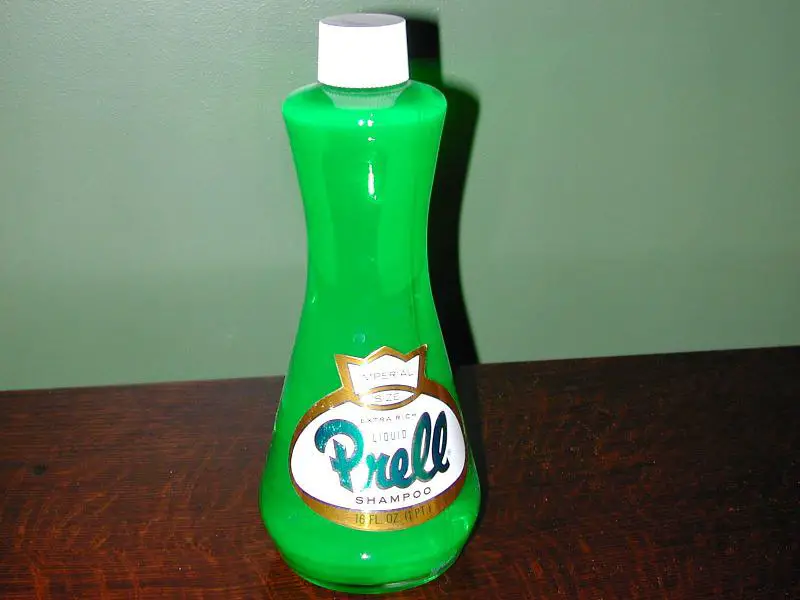
Prell was known for giving hair that squeaky-clean feel, but that wasn’t necessarily a good thing. The thick, green formula was packed with sulfates, which stripped every bit of natural oil from the hair and scalp. While it left hair feeling fresh at first, over time, it could cause excessive dryness and brittleness. People with color-treated hair especially found that it faded their dye quickly, making it a harsh choice for long-term use.
Another problem was that Prell contained formaldehyde-releasing preservatives in some of its early formulations. These preservatives helped prolong shelf life but weren’t great for overall health, as formaldehyde is a known irritant. Frequent use of Prell often led to scalp irritation, itchiness, and even an increase in oil production as the scalp tried to compensate for the dryness. It may have been a household staple for decades, but it’s safe to say that gentler shampoos have come a long way since then.
